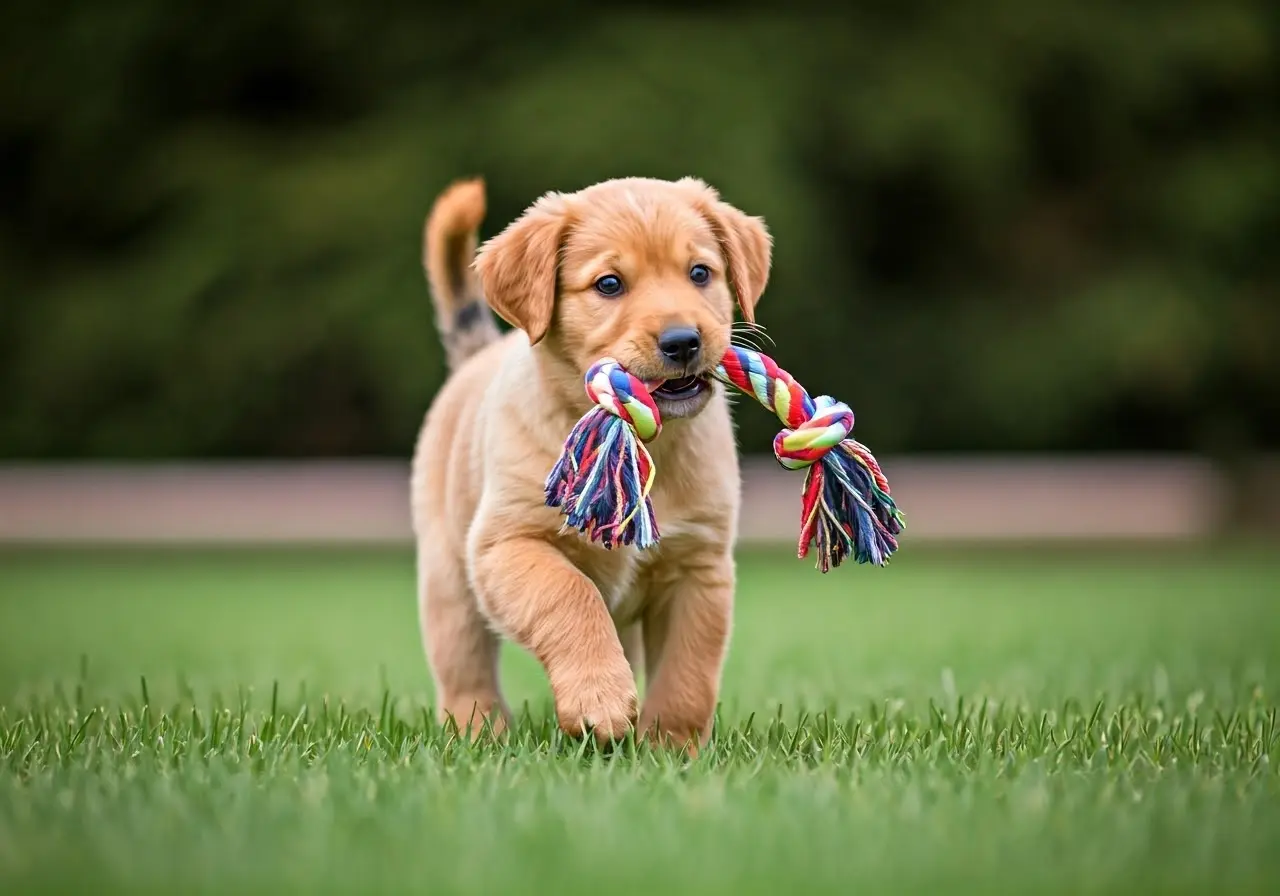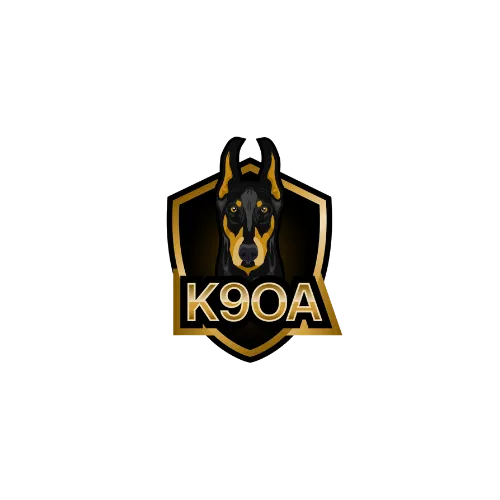Blogs - K9 Obedience LLC: Your Guide to Dog Training and Behavior

Mastering the Basics: Essential Training Techniques for a Young Dog
Mastering the Basics: Essential Training Techniques for a Young Dog
Training a young dog can feel like an overwhelming challenge, but it doesn't have to be. With some patience, consistency, and the right techniques, you can help your furry friend grow into a well-behaved companion. In this guide, we'll explore the foundational training techniques that every young dog owner should know.

Establishing a Routine for Your Young Dog
Setting a consistent routine is essential for training a young dog. When your dog knows what to expect and when, it creates a sense of stability and security, easing stress and promoting focus. A good routine includes regular feeding times, bathroom breaks, and designated play sessions. Predictable schedules help them anticipate mealtimes and bathroom breaks, which reduces anxiety and undesirable behaviors, like chewing or barking.
A consistent routine helps your young dog feel comfortable, turning daily moments into learning opportunities. Keeping a leash ready for bathroom breaks, for example, can reinforce basic leash manners. Structured playtime not only strengthens the bond between you and your dog but also allows you to reinforce commands in a fun and engaging way. Establishing these anchor points creates a foundation that will help them understand and adapt to expectations without stress.
Basic Commands to Know
Teaching basic commands like "sit," "stay," and "come" lays the groundwork for more advanced training. These commands are essential for safety, communication, and everyday interactions. By mastering these basics, you set the stage for a relationship of trust and respect.
Introducing commands such as "sit," "stay," and "come" provides structure and gives your dog a way to understand what you expect from them. Start with short, focused training sessions in a quiet environment, gradually introducing more challenging scenarios as they progress. Using treats, praise, and other rewards makes the experience positive and encourages faster learning. These early lessons become the "language" of your relationship, helping you and your dog navigate daily life with mutual understanding.
Using Positive Reinforcement
Positive reinforcement is one of the most effective techniques for dog training. Rewarding good behavior with treats, praise, or play encourages your young dog to repeat these actions, making training more enjoyable for you both.
By immediately rewarding desired behaviors, your dog makes clear connections between their actions and positive outcomes. Choose rewards your dog finds motivating, whether that’s a favorite toy or a high-value treat. As they master commands, you can gradually phase out treats, replacing them with verbal praise or affection. This gradual shift builds confidence and helps your dog understand that they’re learning for more than just treats—it’s part of their relationship with you. Consistent, positive reinforcement creates a strong bond built on trust and cooperation.
Addressing Behavioral Challenges
Unwanted behaviors like excessive chewing or barking can often be addressed with patience and redirection. Many common issues in young dogs stem from boredom, anxiety, or teething, and understanding these triggers is key to finding effective solutions.
Observing your dog's behavior and providing suitable outlets—such as chew toys for teething or interactive play for energy release—can redirect their focus and curb negative habits. Positive reinforcement plays a role here as well, as it encourages calm, desirable behaviors. For more complex challenges, like persistent resource guarding or reactivity, consulting a dog trainer or behaviorist may be helpful. Addressing behavioral issues early on prevents bad habits from becoming ingrained and promotes a harmonious relationship.
Socialization Tips
Socialization is critical for a young dog's development, helping them grow into confident and well-adjusted adults. Early, positive exposure to various environments, people, and other animals reduces the likelihood of fear or aggression later in life.
Introduce new social experiences slowly, making sure each interaction is positive and within your dog's comfort level. Start with quiet settings and familiar faces, gradually moving to more dynamic environments as your dog becomes comfortable. Praise and rewards for calm behavior reinforce the idea that new experiences are enjoyable. A well-socialized dog is not only happier but also easier to handle in different situations, from visits to the vet to walks in busy parks.
Building a Foundation for the Future
By focusing on routine, basic commands, positive reinforcement, and socialization, you're setting your young dog up for a happy, well-adjusted future. Training goes beyond simply teaching commands—it's about building a relationship of trust and respect. With time, patience, and dedication, you'll enjoy a rewarding journey with your dog as they grow into a confident and loyal companion.
K9 Obedience LLC, Rochester NY
All Rights Reserved


Facebook